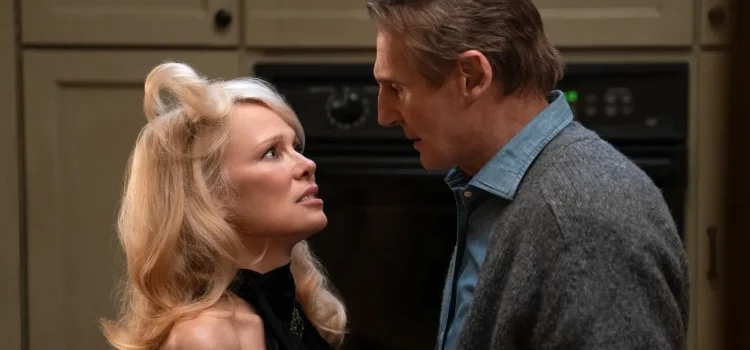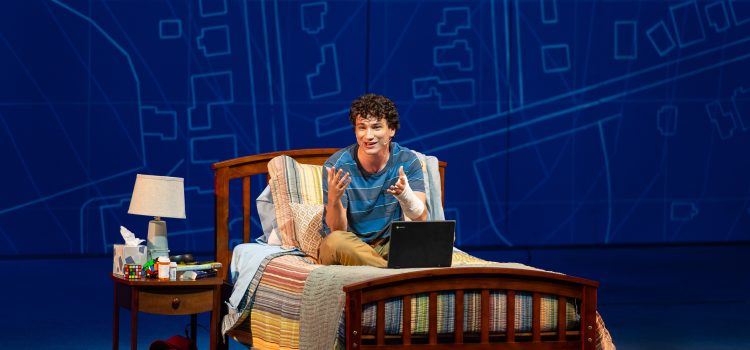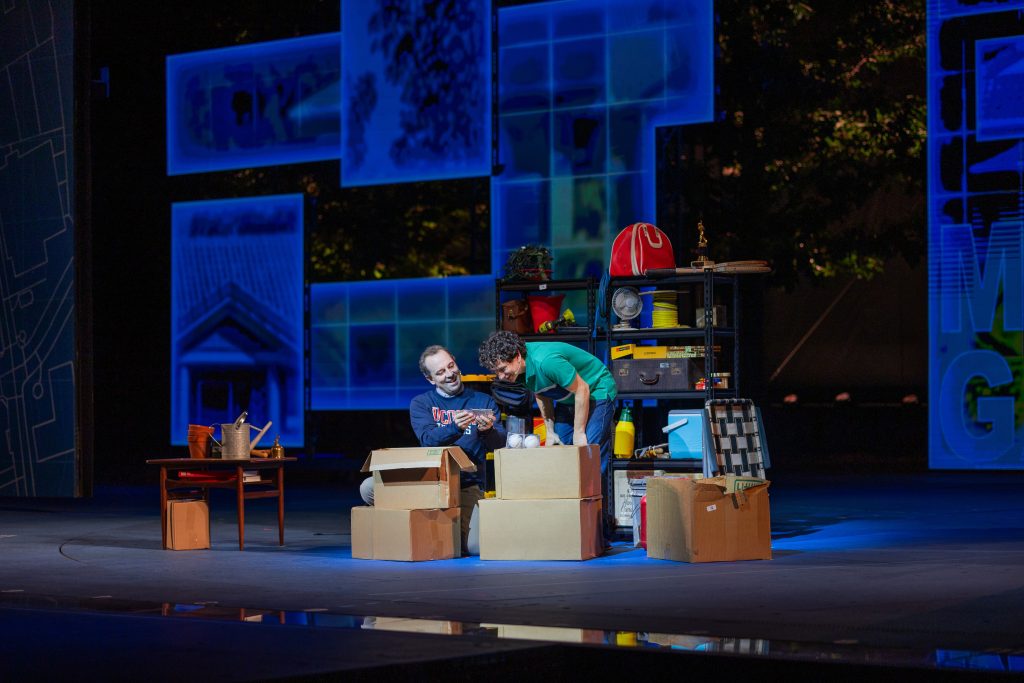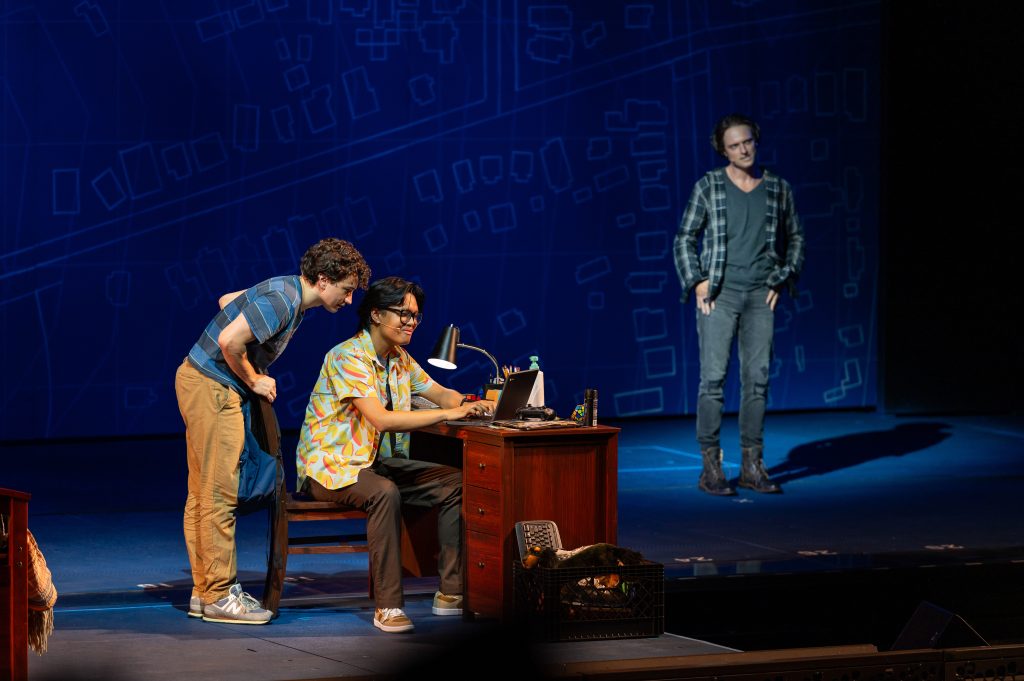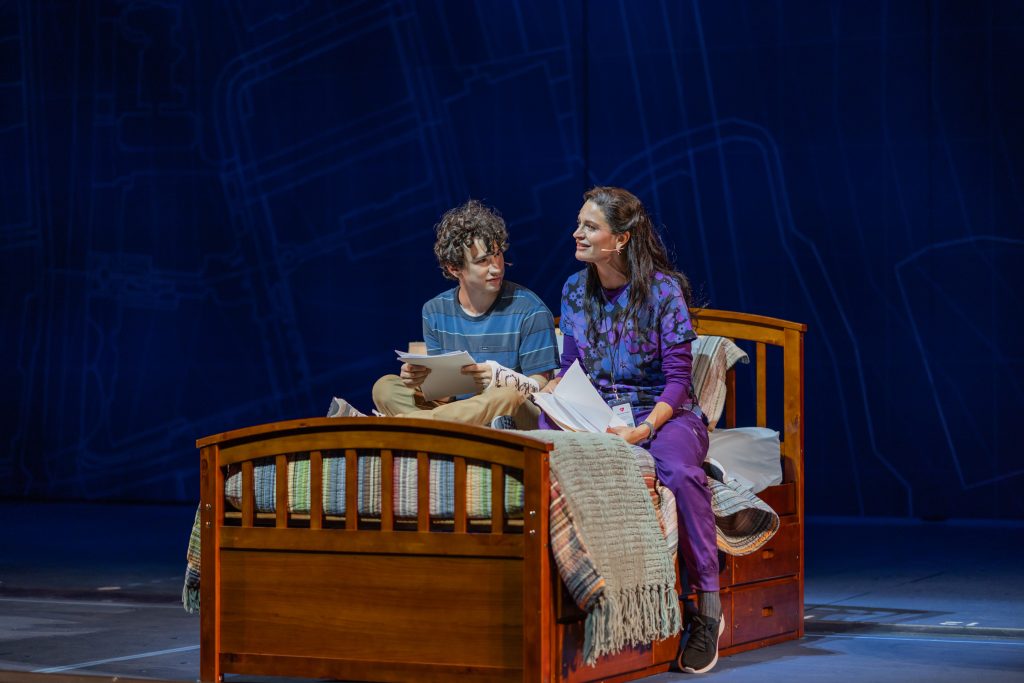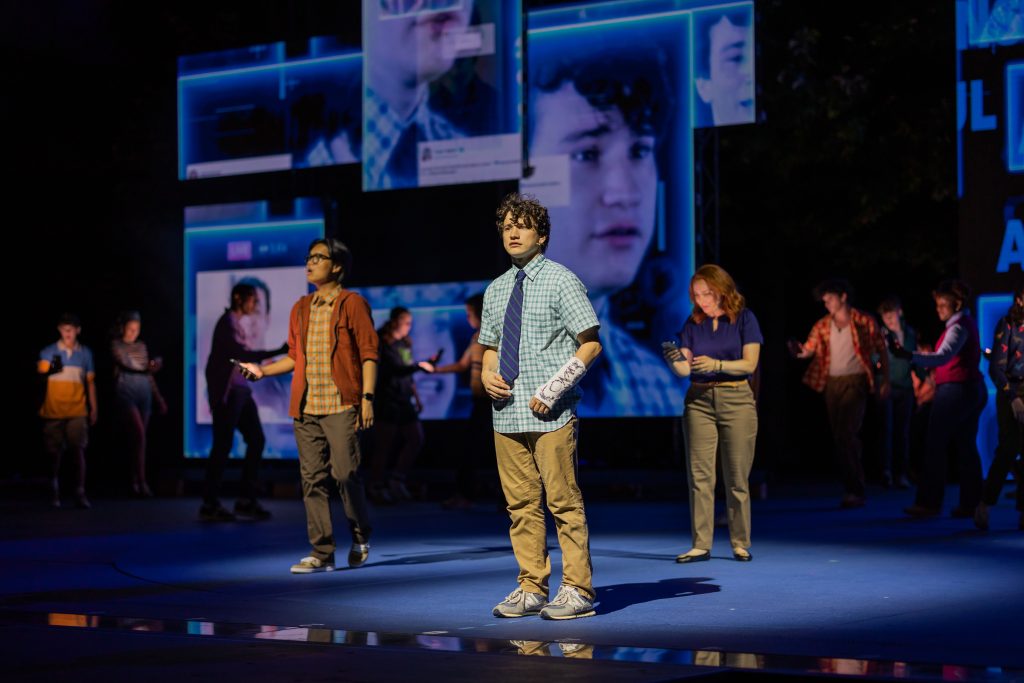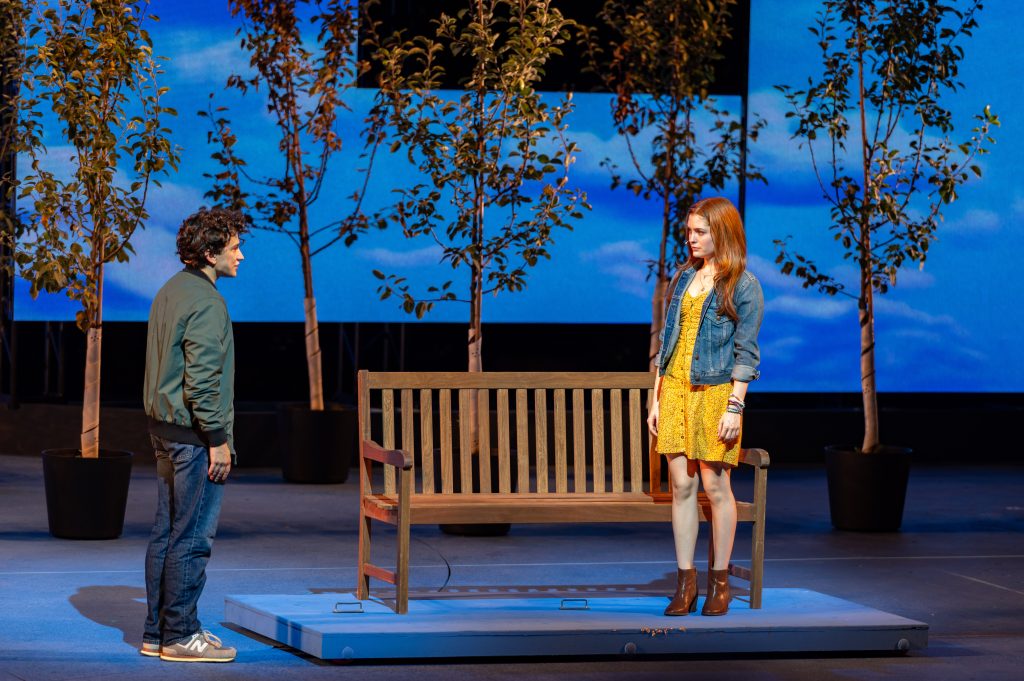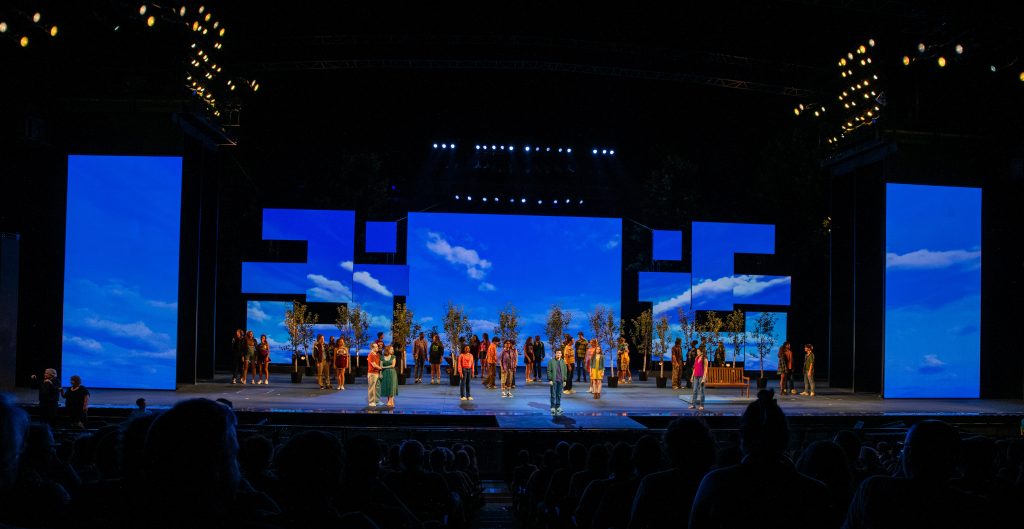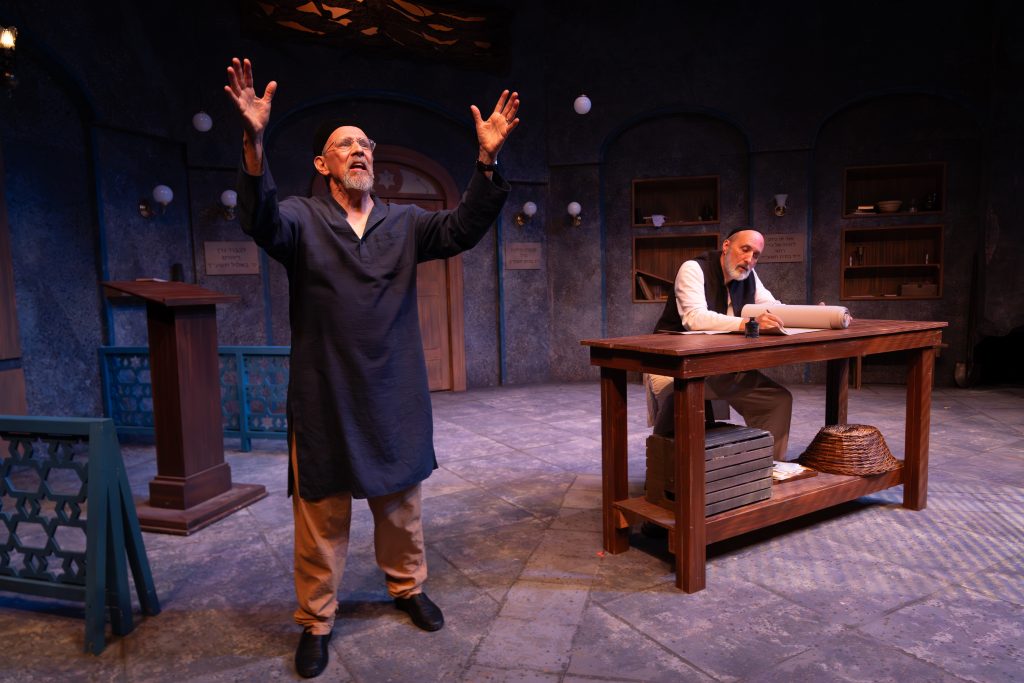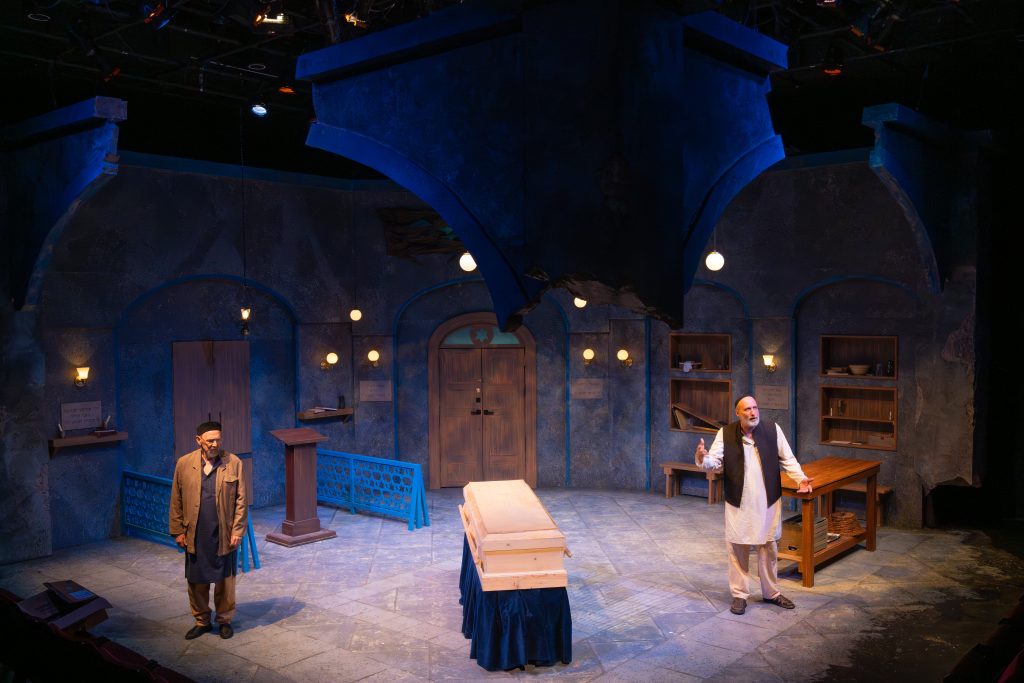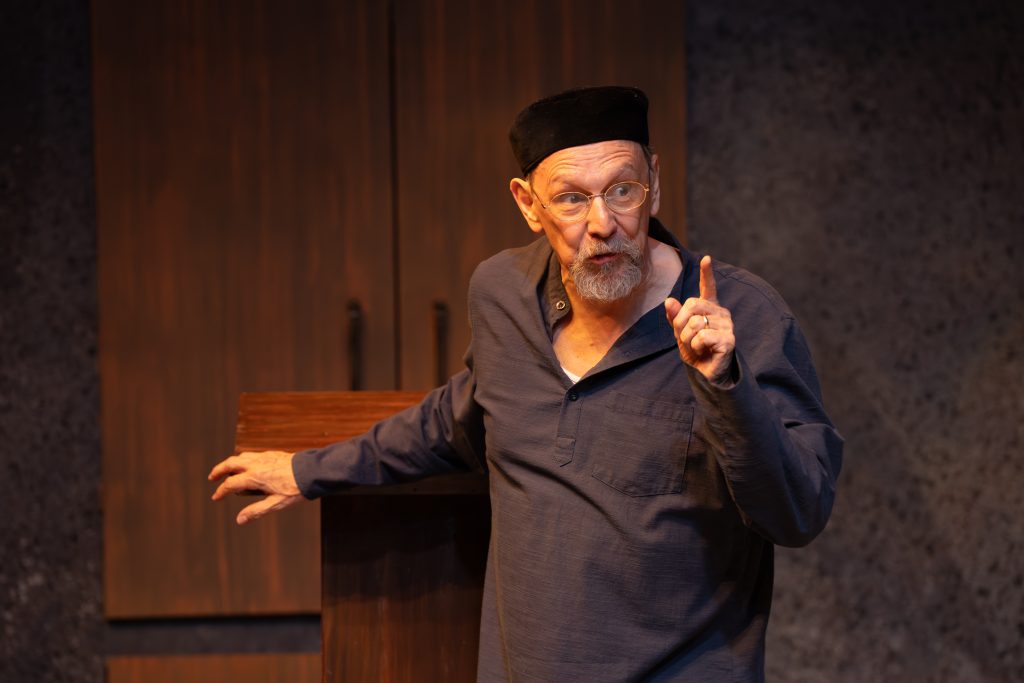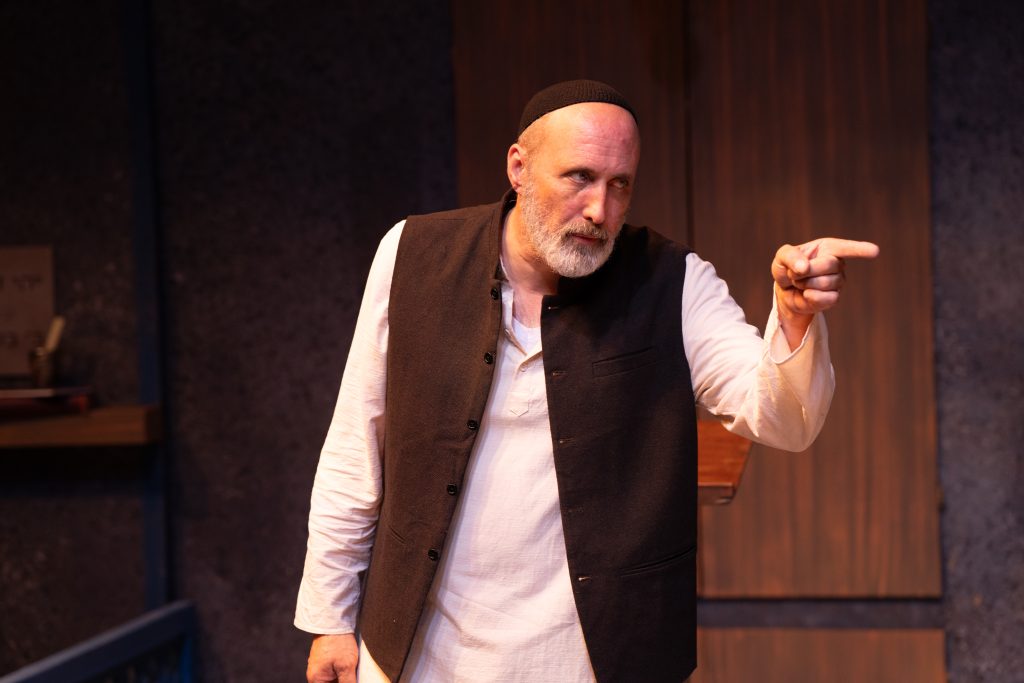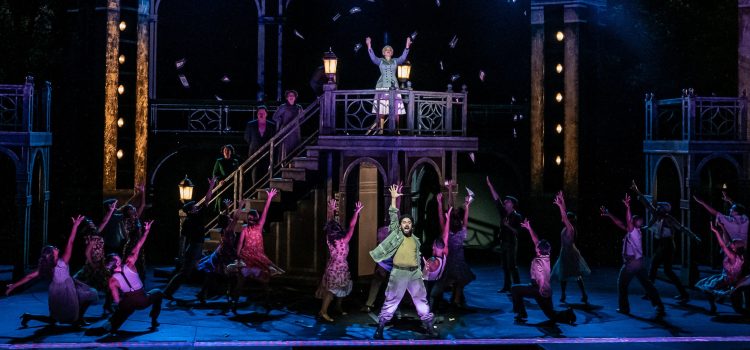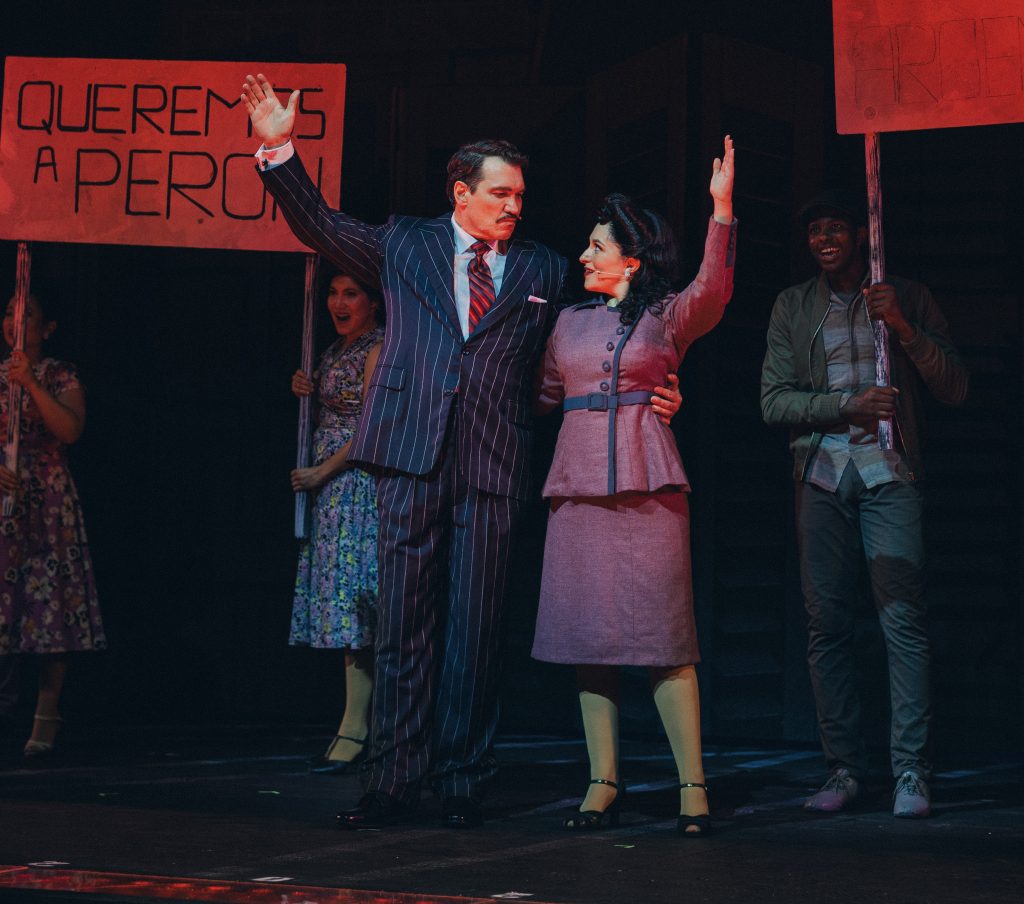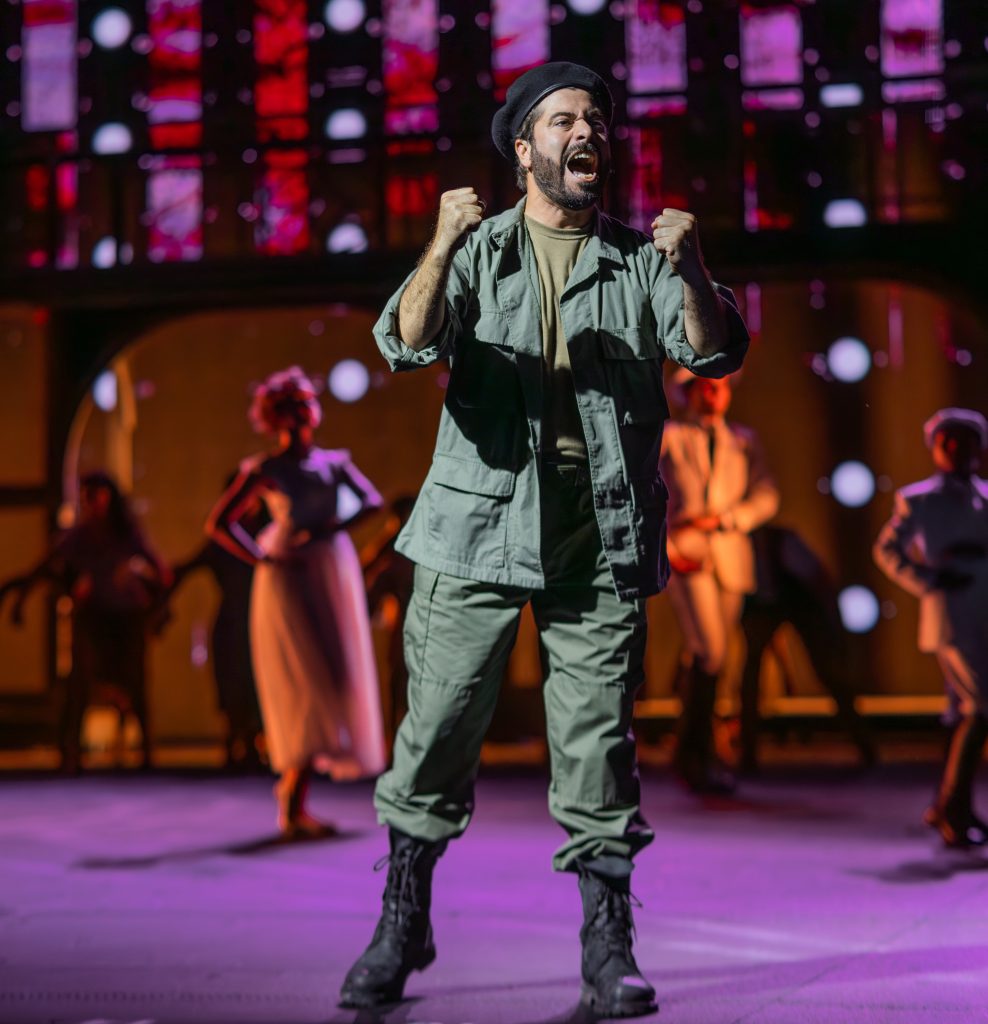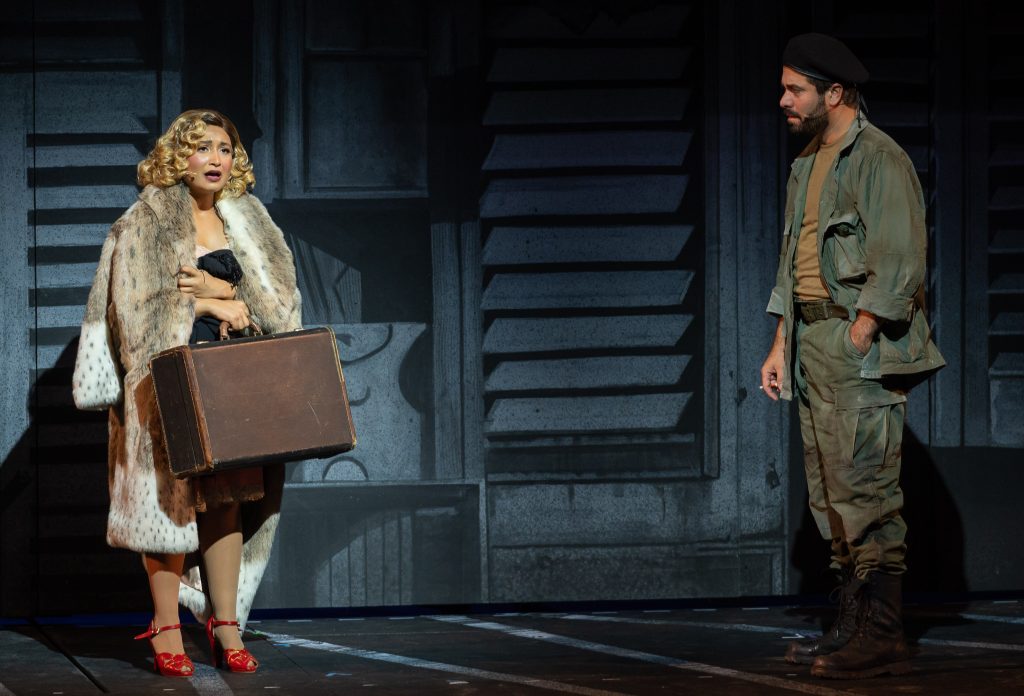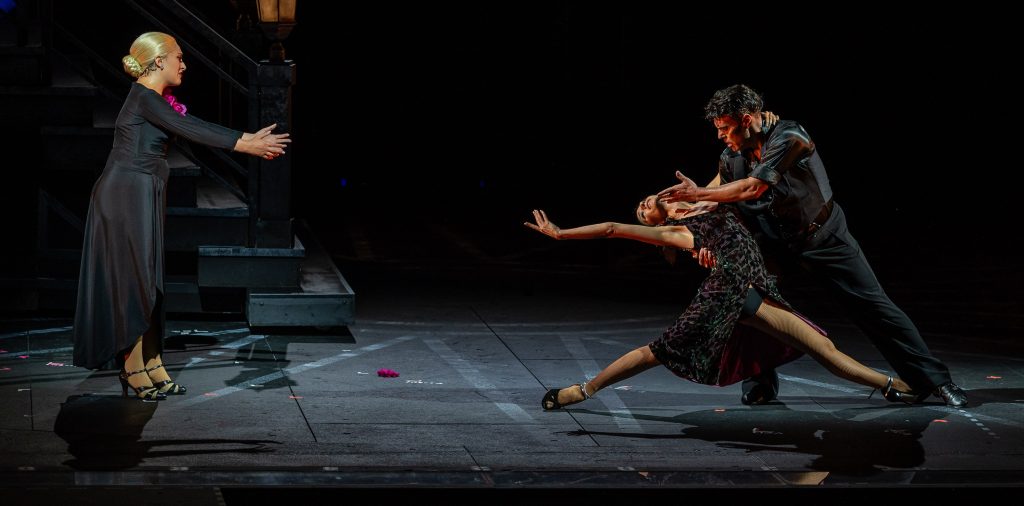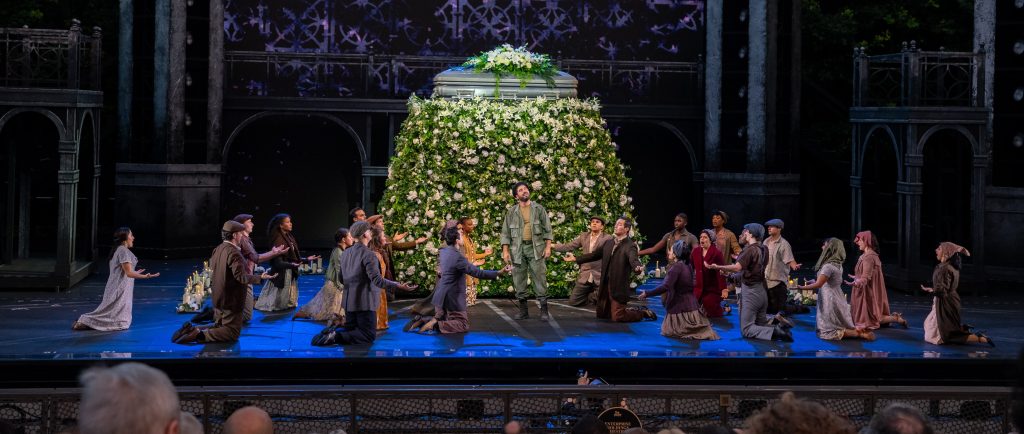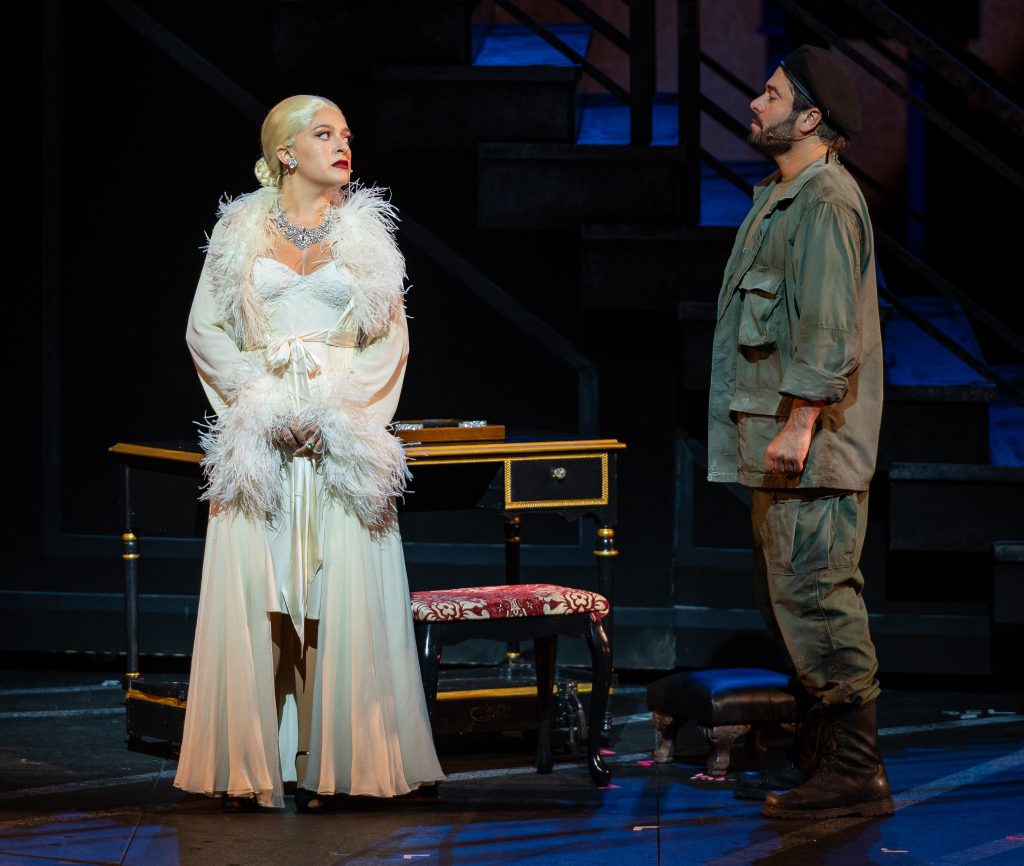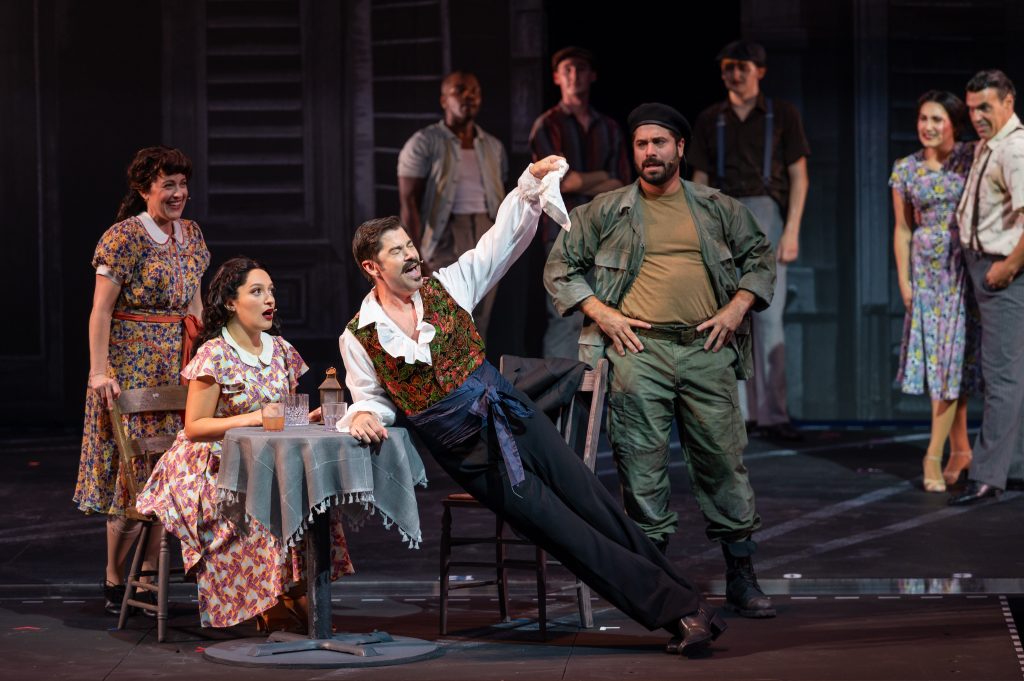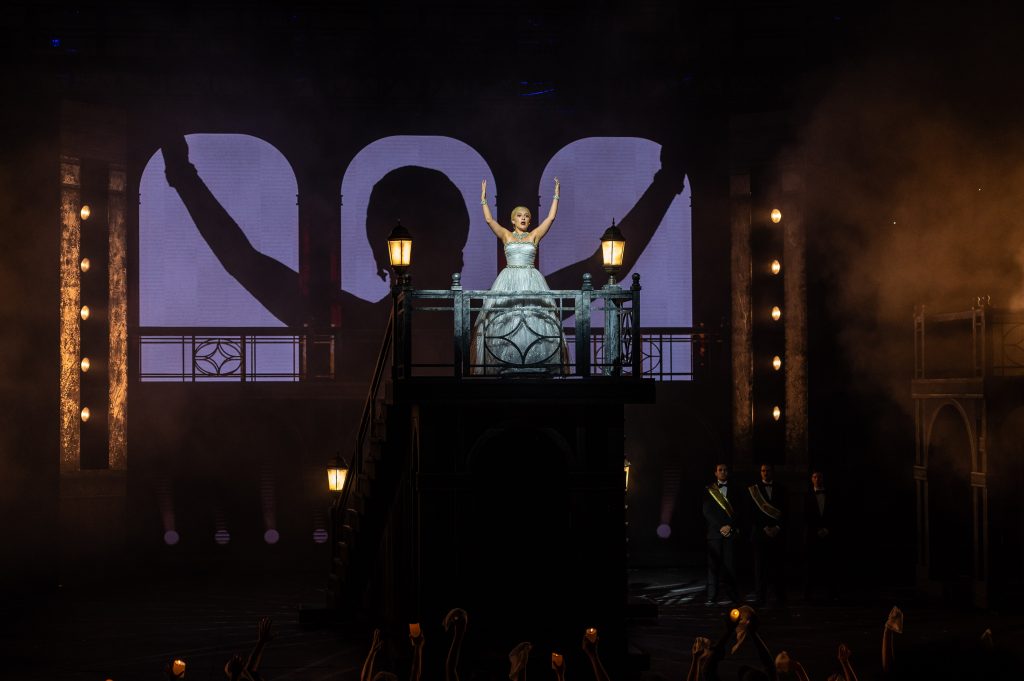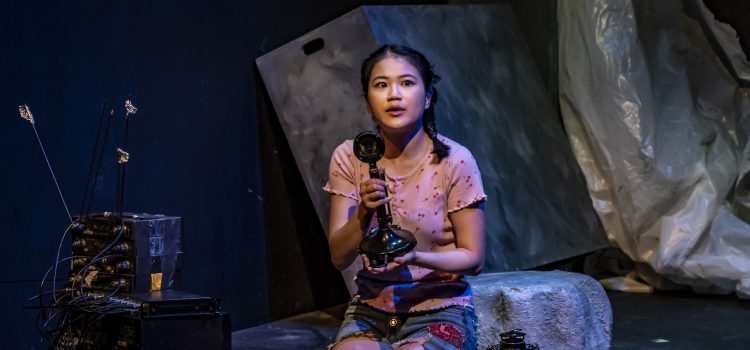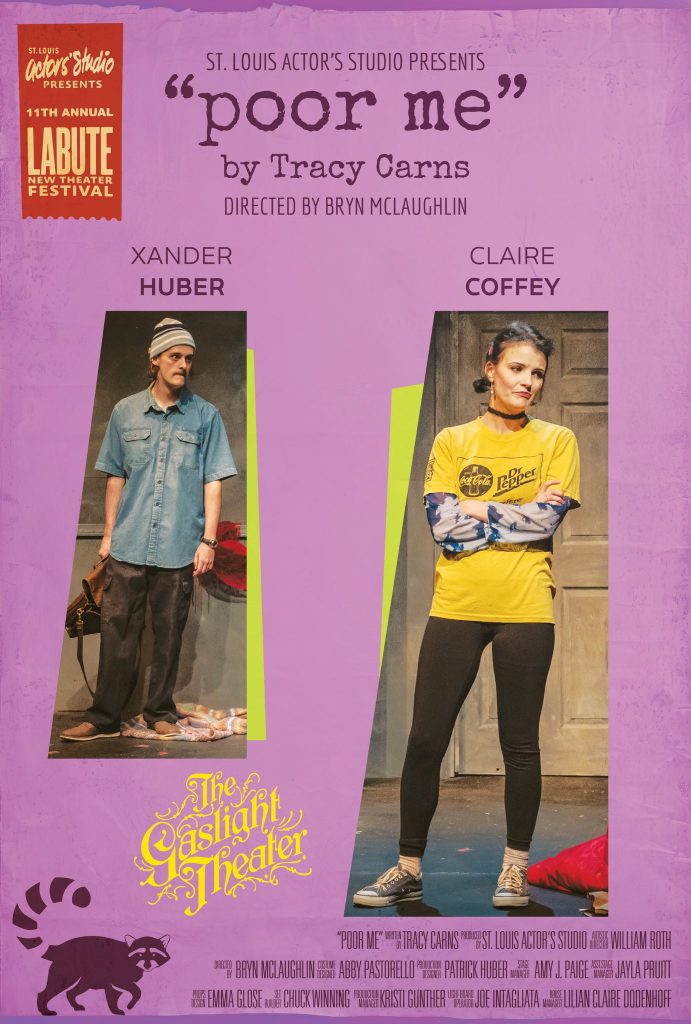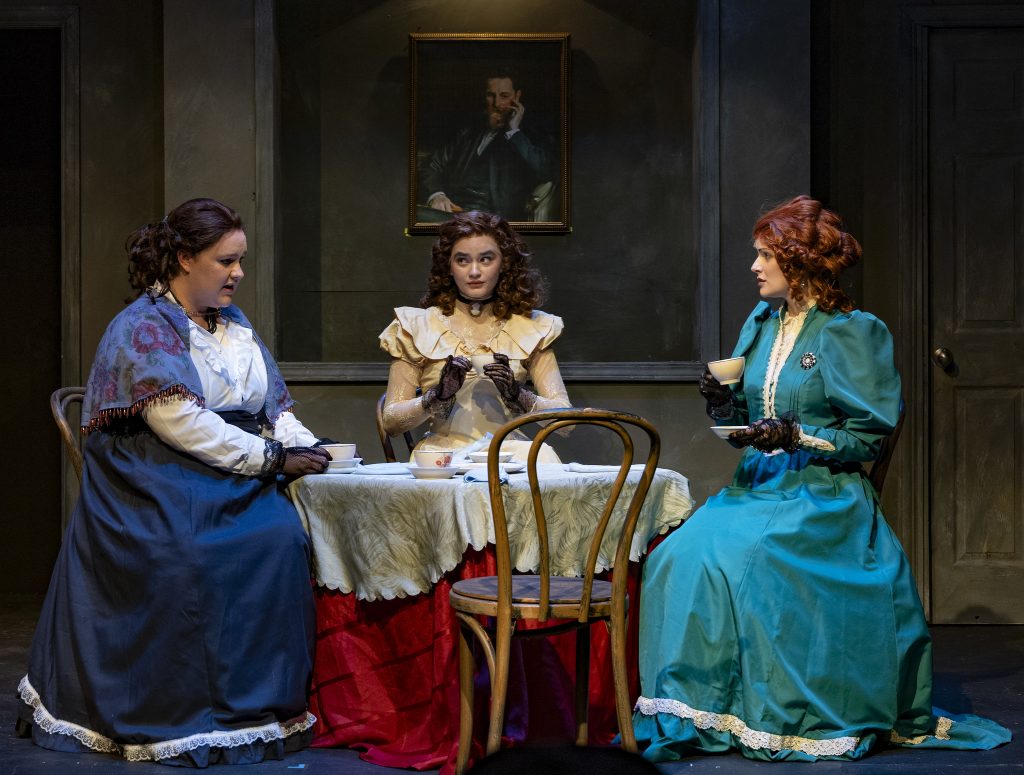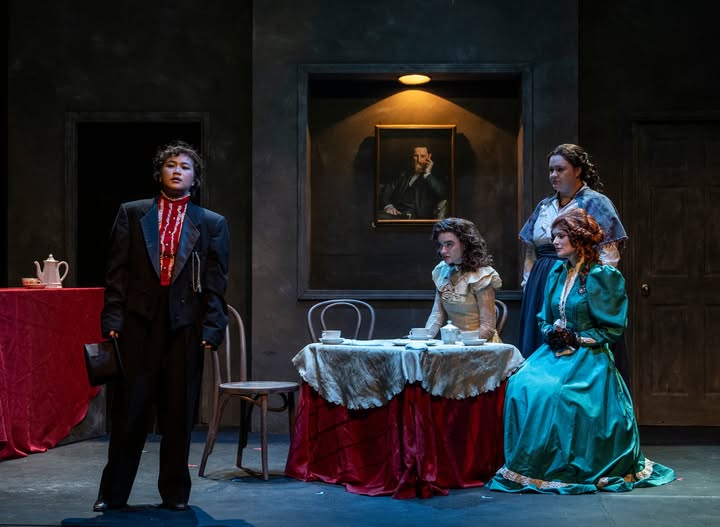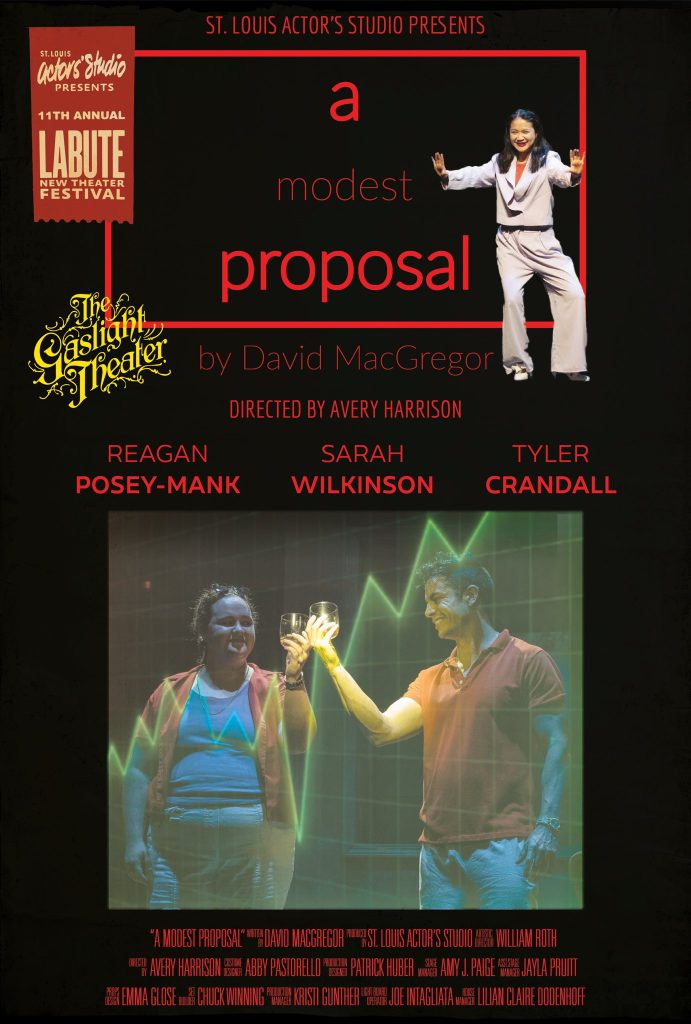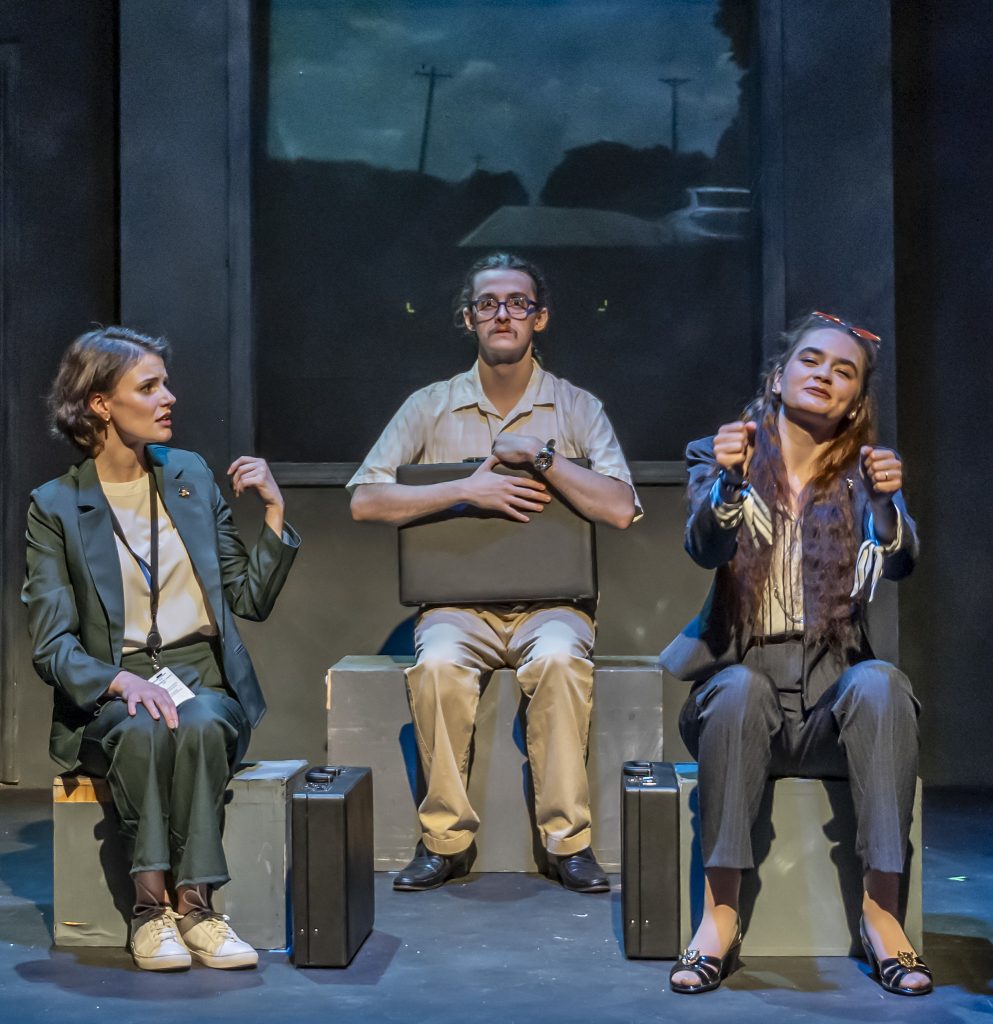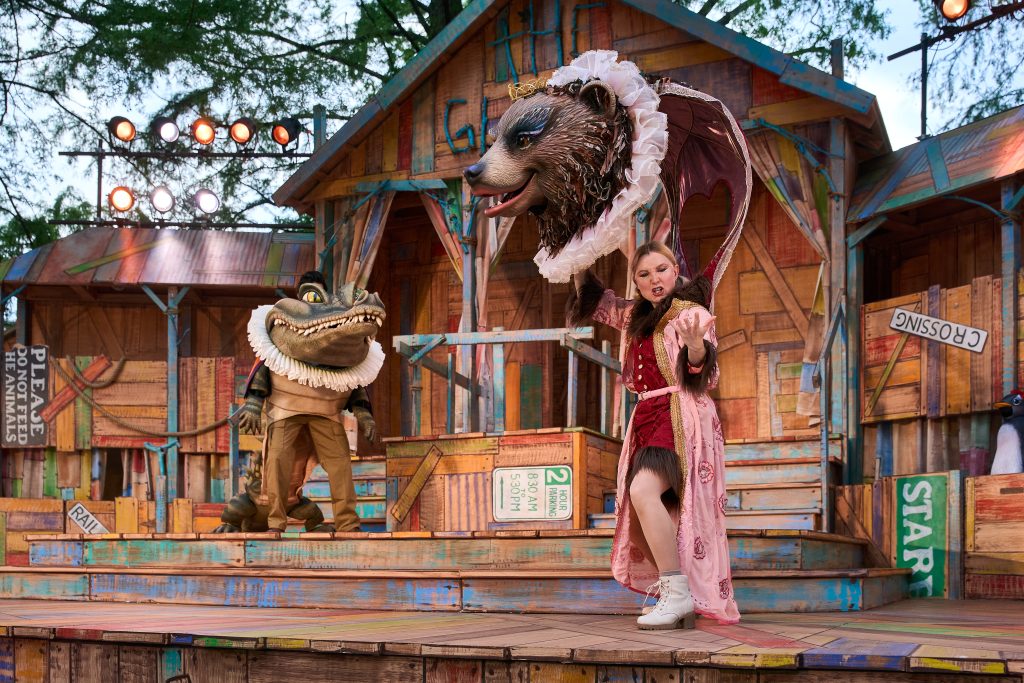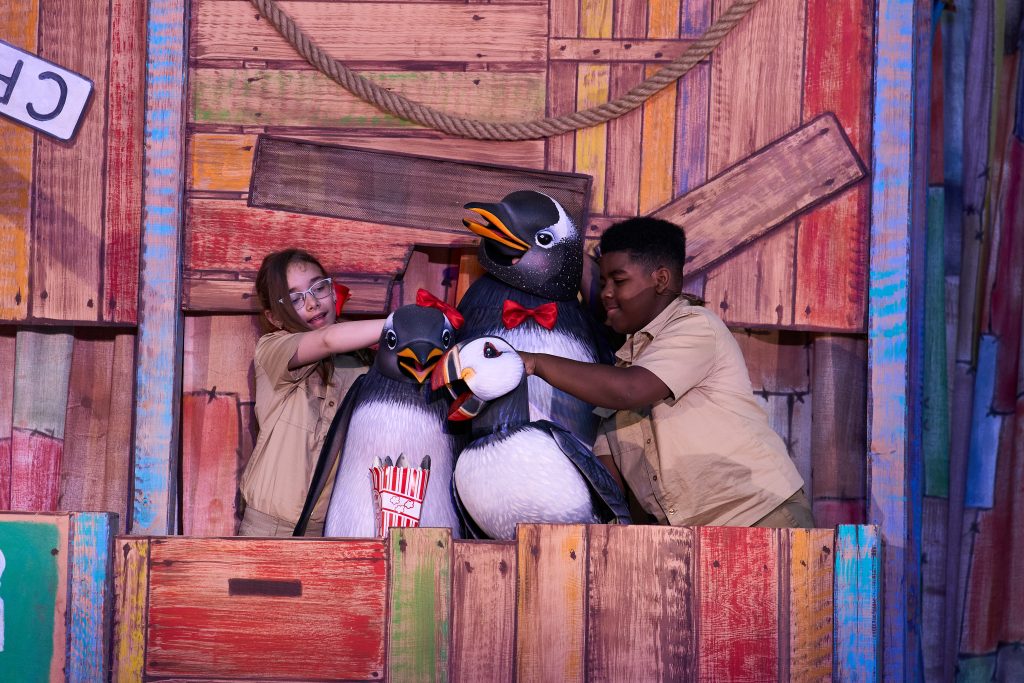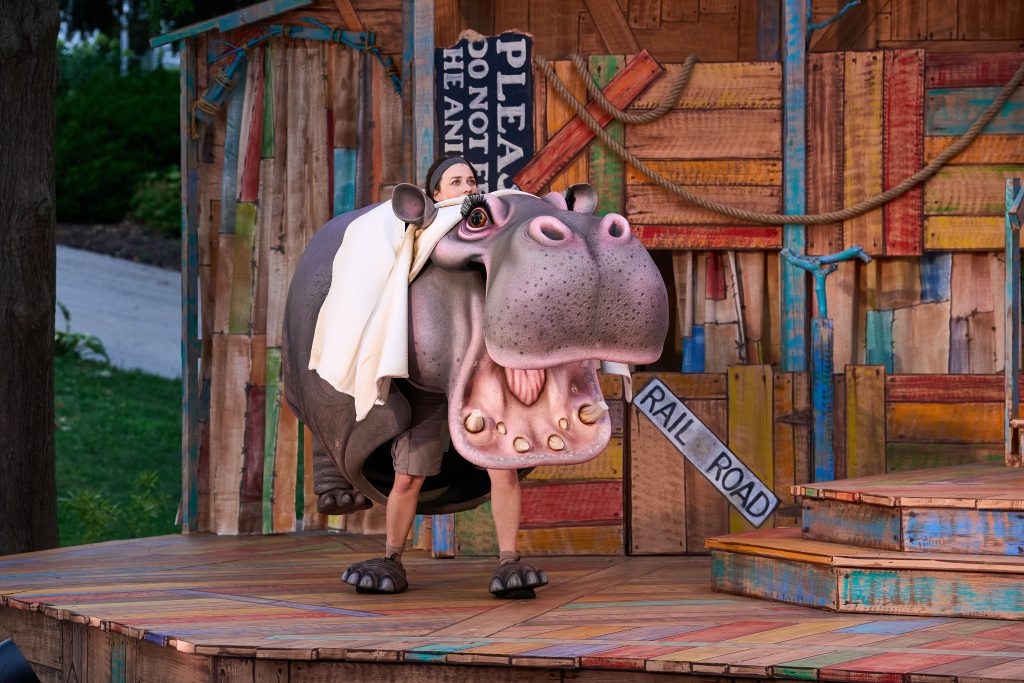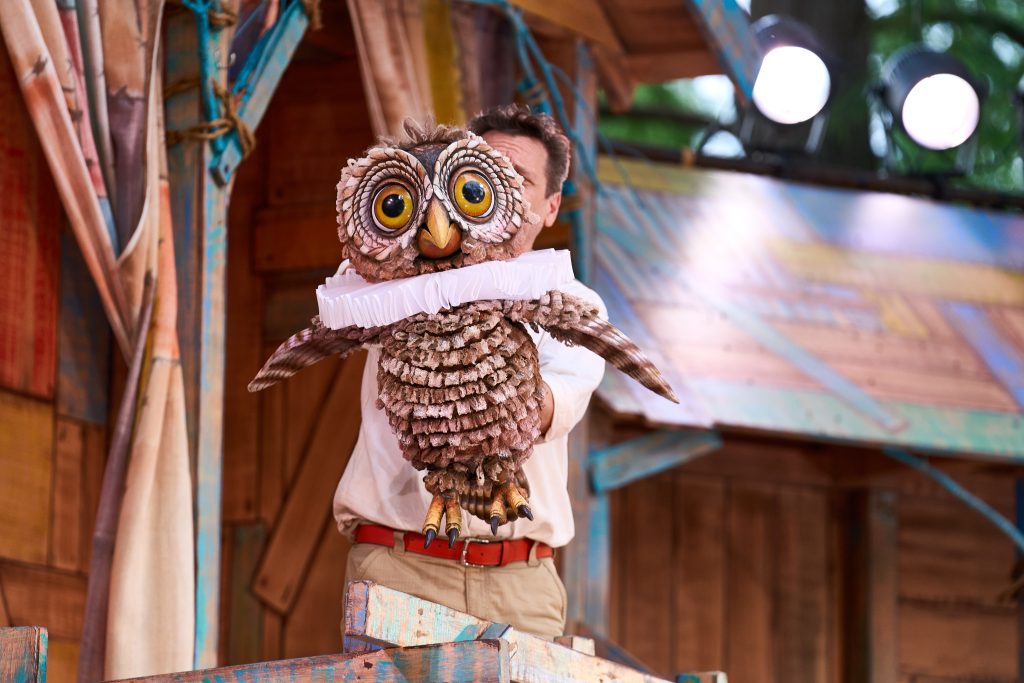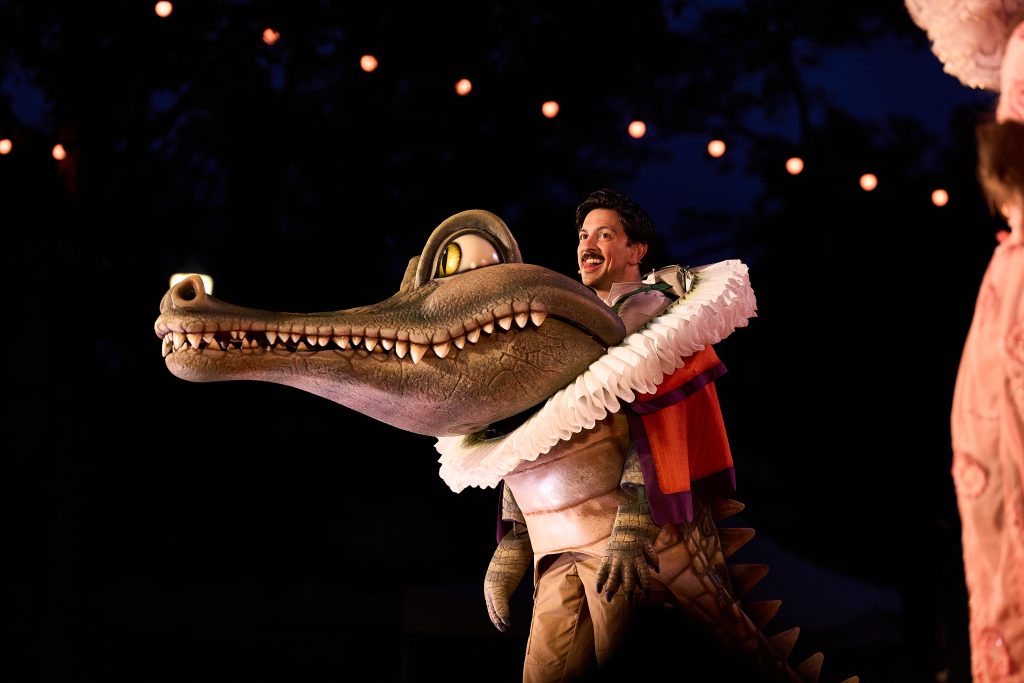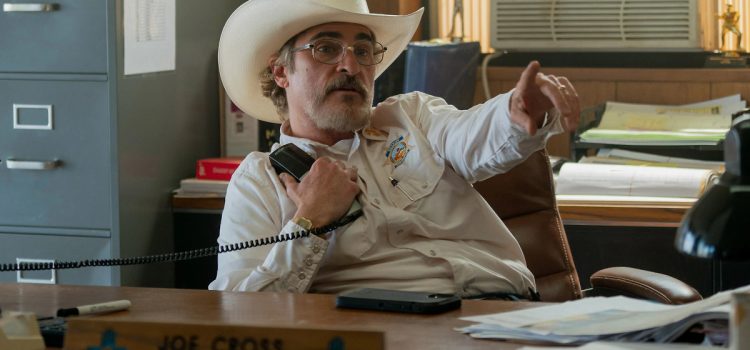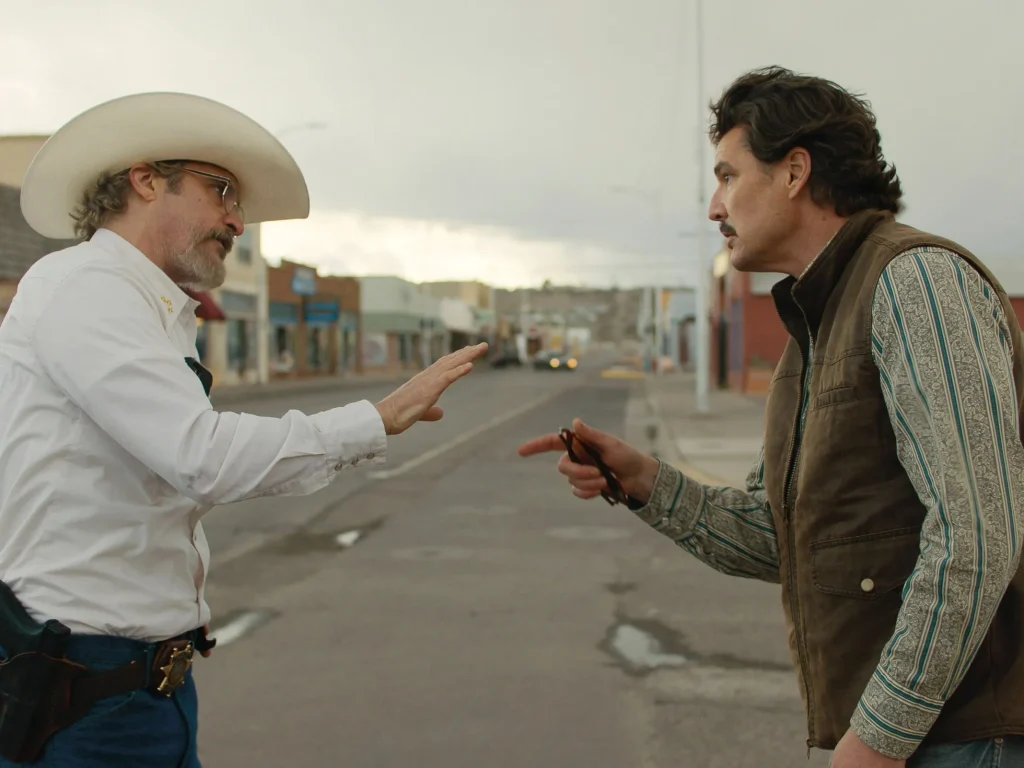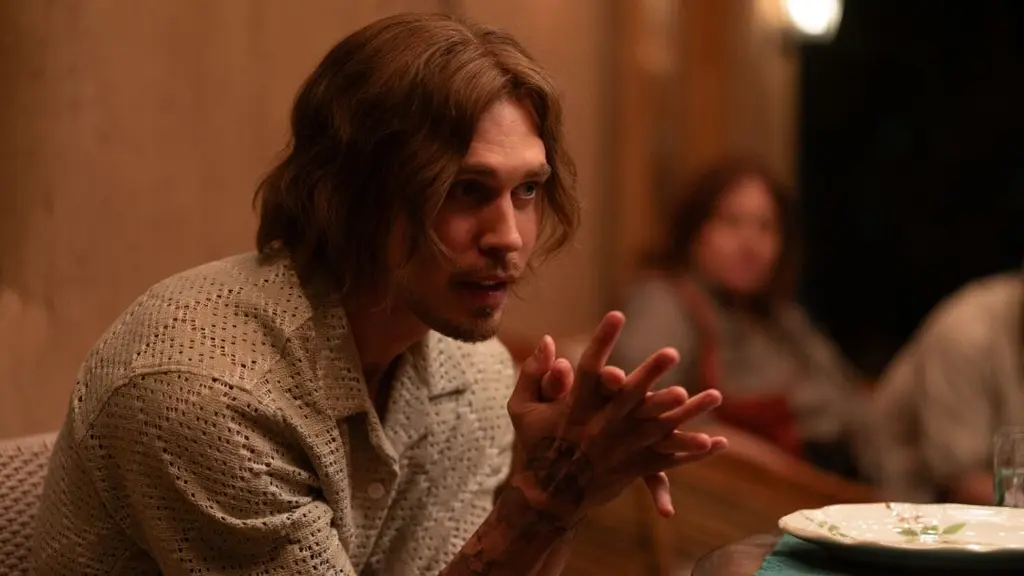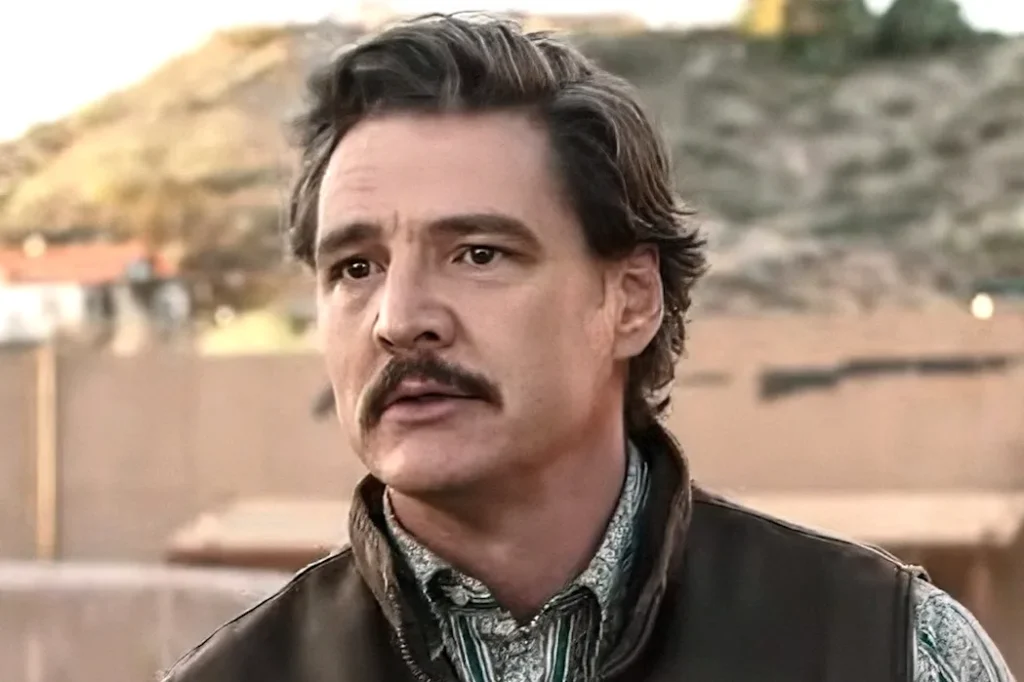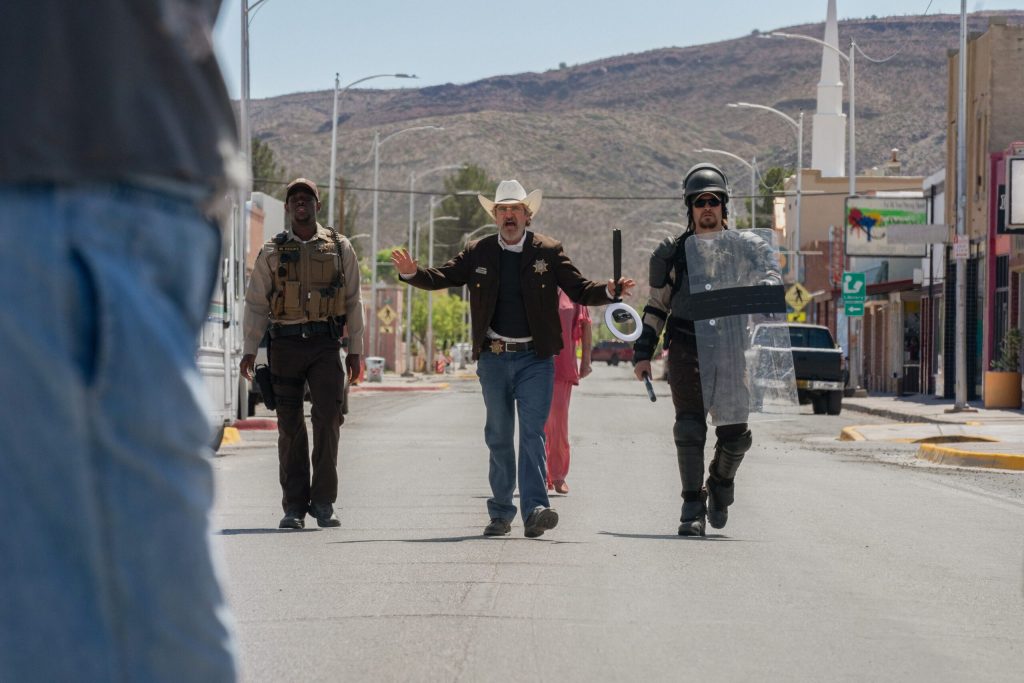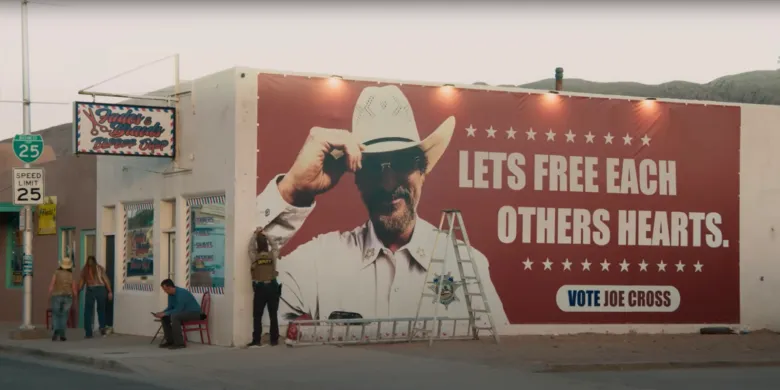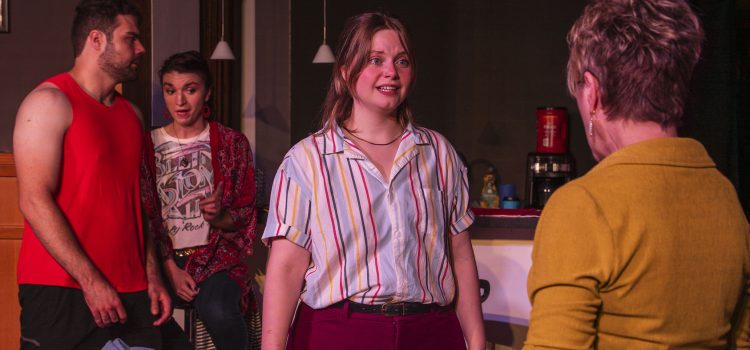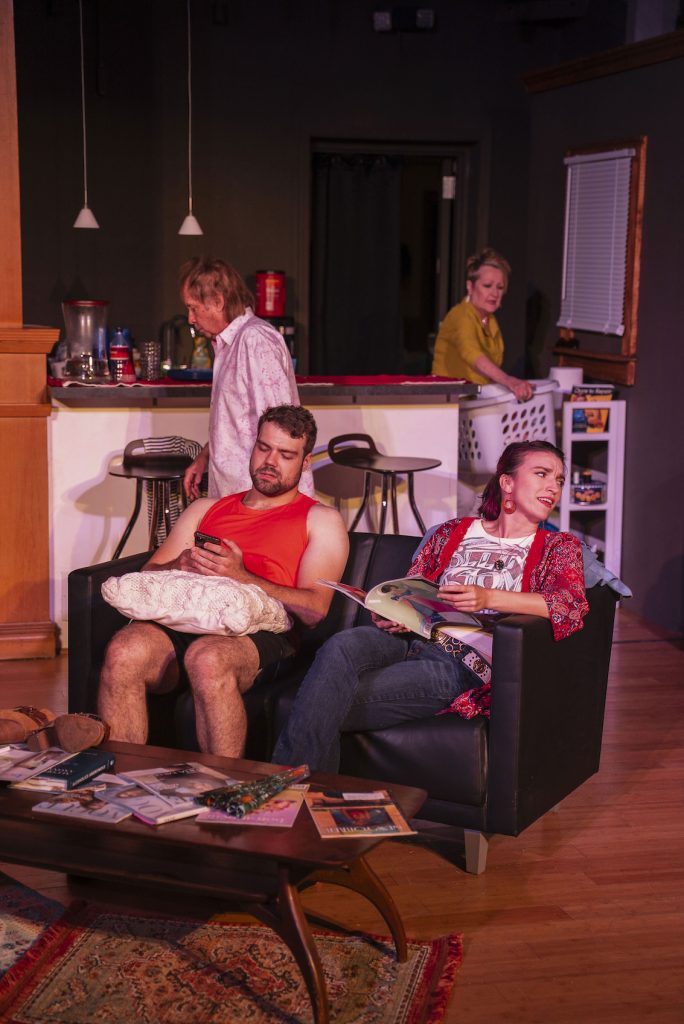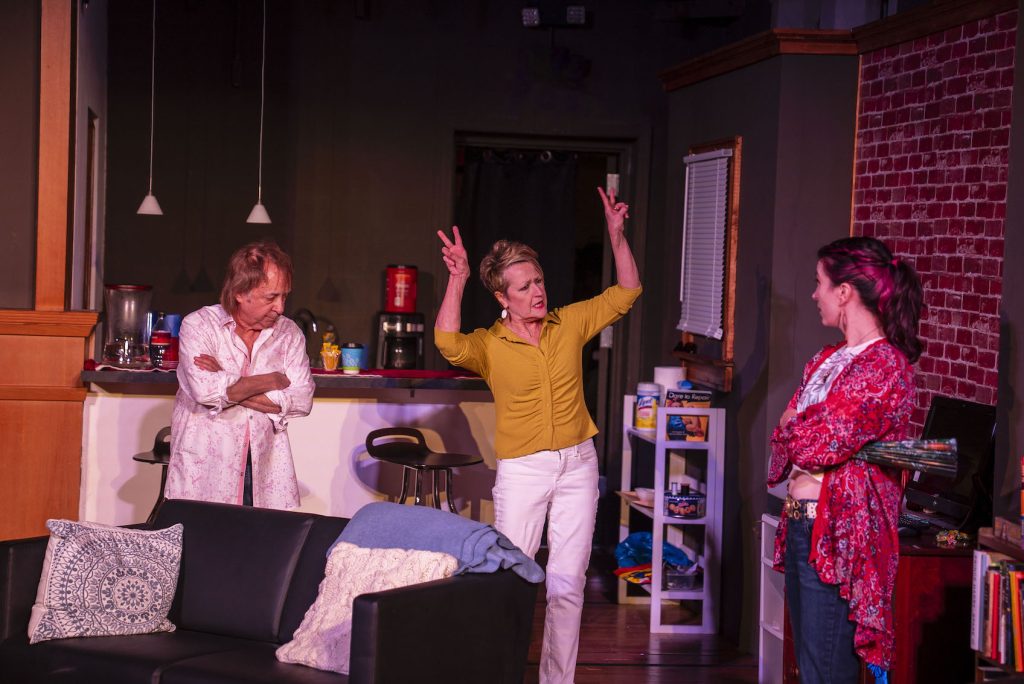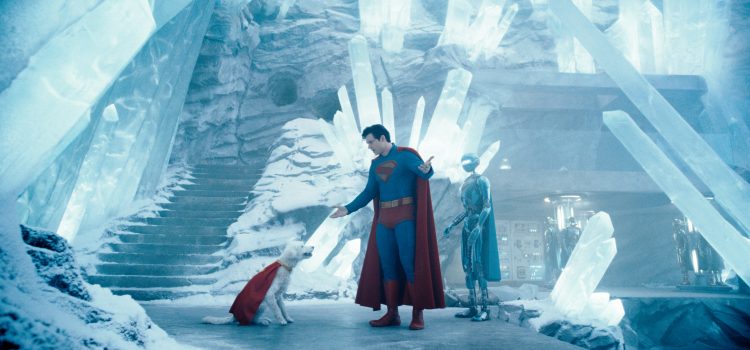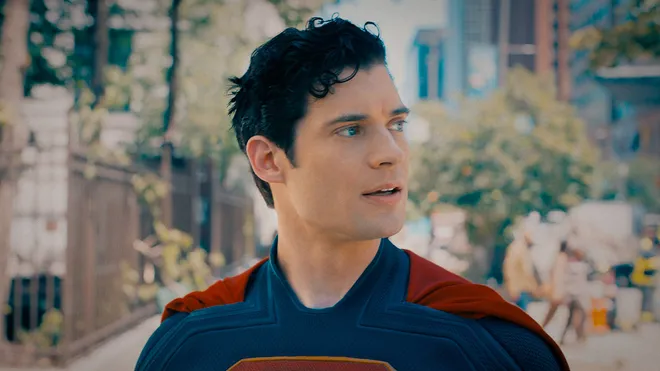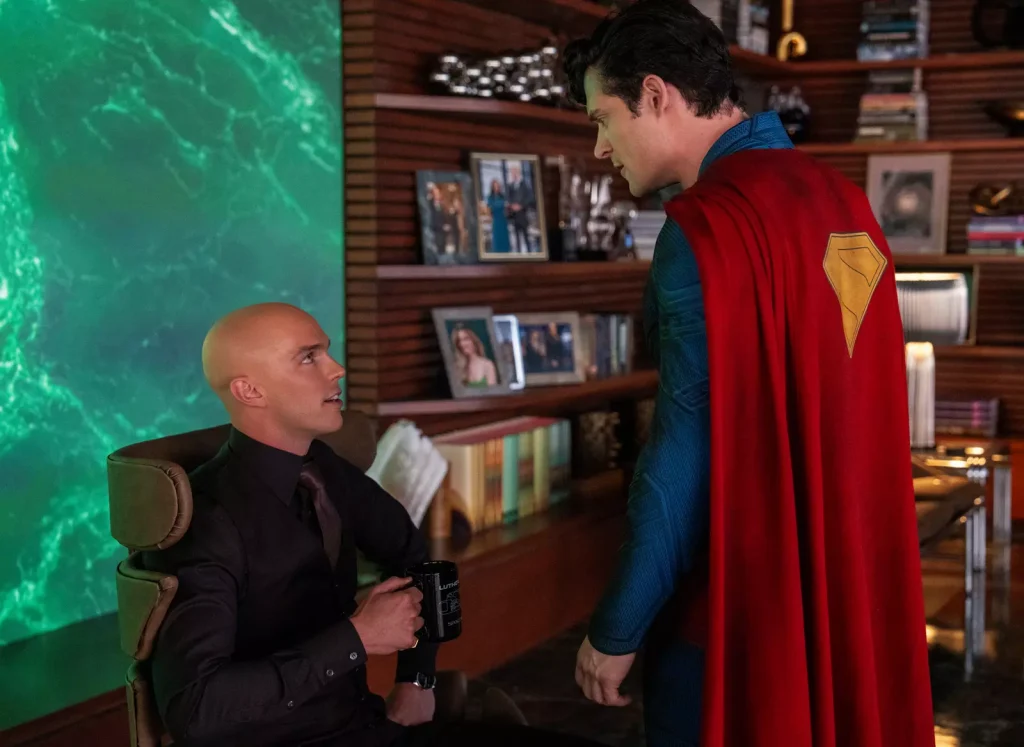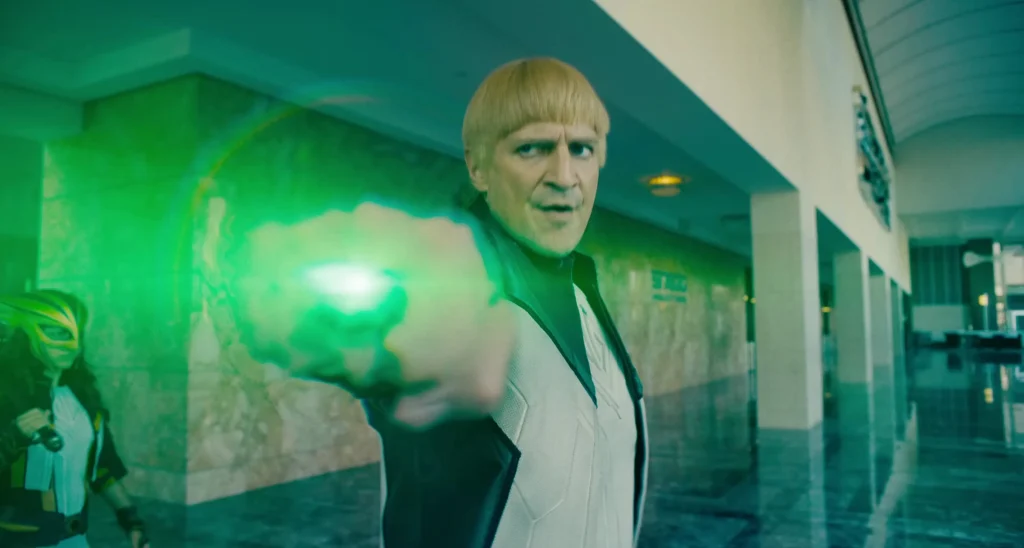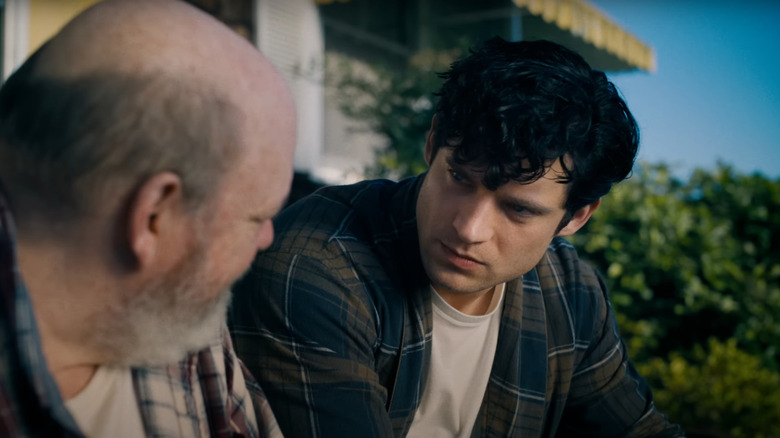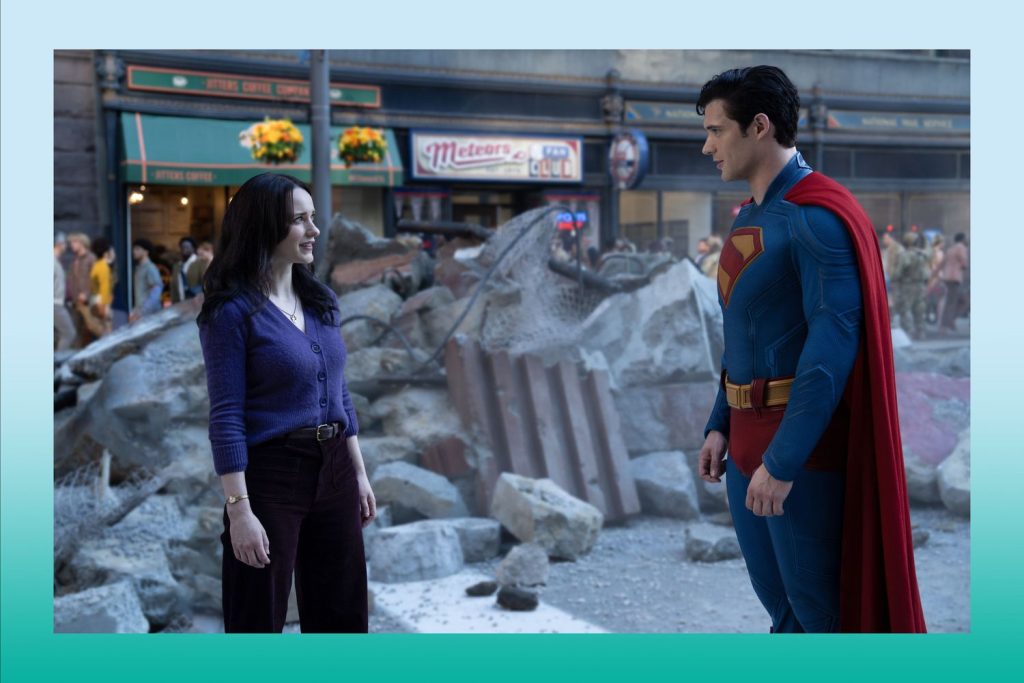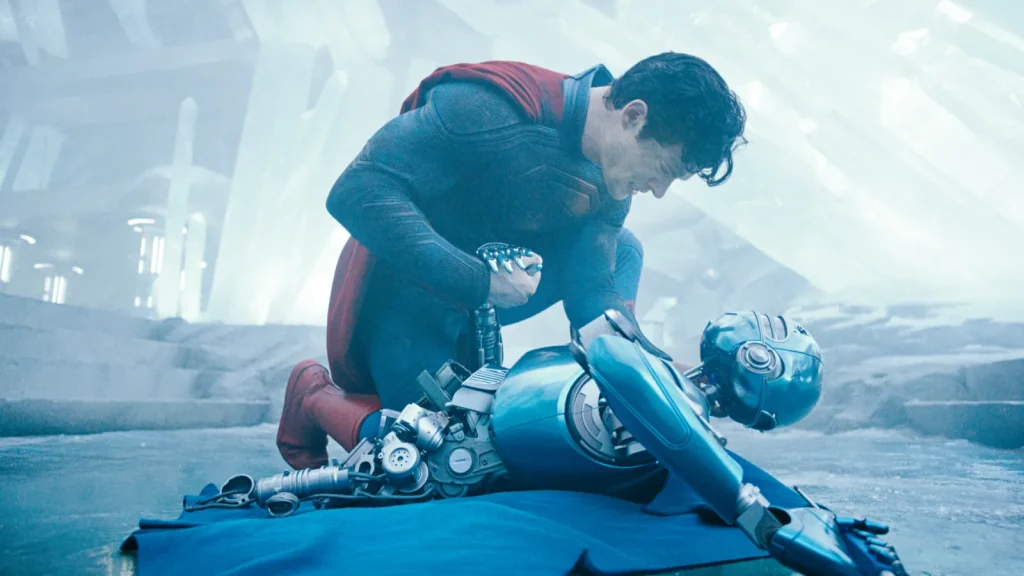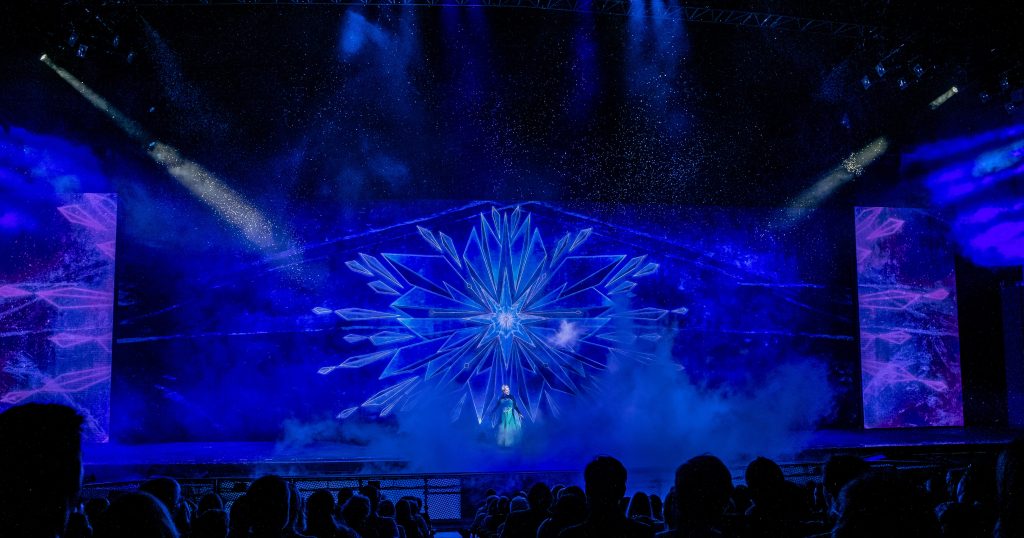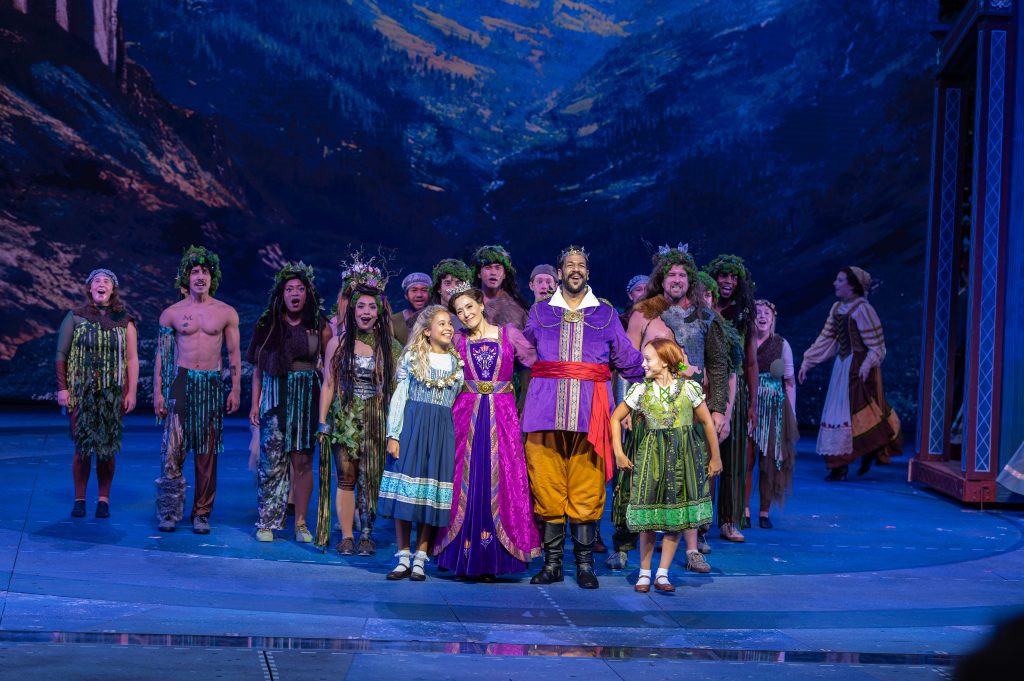By Lynn Venhaus
Behold! Honoring the men who went before, who blazed a trail with silly spoofs and non-stop nonsensical gag reels not seen in 31 years, “The Naked Gun” has returned in a goofy reboot that’s a chip off the old block.
With more jokes landing than missing, and a reverence for the formula that worked before, the new filmmakers honor the loony legacy. Led by producer Seth McFarlane, writer-director Akiva Schaffer and his two co-writers Dan Gregor and Doug Mand, they keep the jokes rapid-fire and the humor absurd and politically incorrect.
Fans of the previous trilogy, the gold standard “Airplane!” that created an entire parody sub-genre in 1980, and the short-lived TV show “Police Squad!”, can rejoice. The spirit of Frank Drebin lives!
Oscar nominee Liam Neeson has the special set of skills to pull off Frank Jr., following in his dad’s harebrained footsteps. Neeson has fun mocking his action hero persona, using the same deadpan delivery that earned Nielsen high praise from Roger Ebert, describing him as “the Olivier of spoofs.”
He and Pamela Anderson, who plays the femme fatale/love interest Beth Davenport with impressive verve, go full throttle in their scenes together, as their predicaments get wackier. They appear to be having a swell time hamming it up. Hilarity ensues especially during rom-com weekend montage that’s snowballs o’ fun, and there are some visual double entendres NSFW. (It is PG-13).
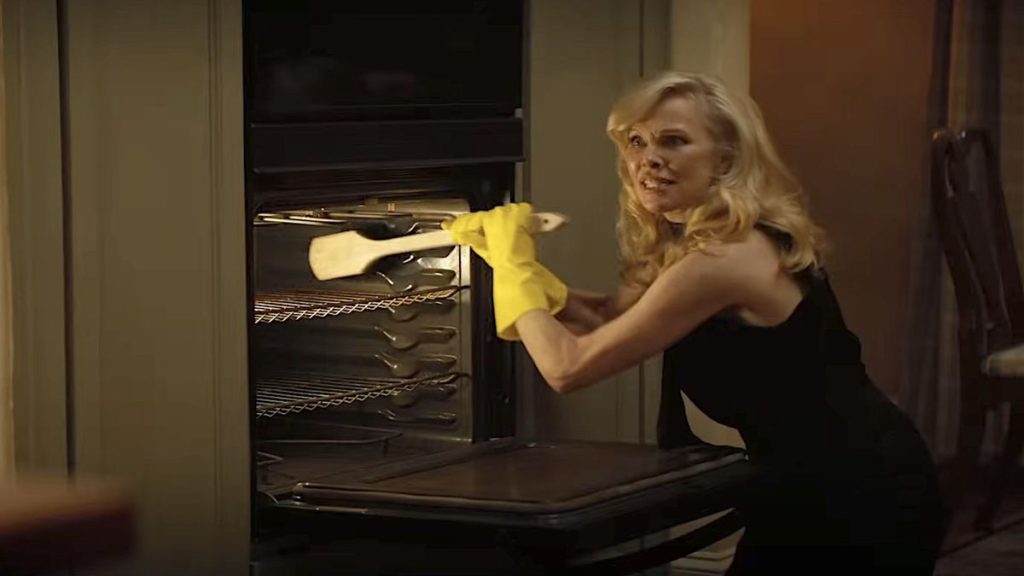
The dandy character actor Paul Walter Hauser is a good sport playing Frank Jr’s partner, Ed Hocken Jr., and he’s the son of original castmate played by George Kennedy, another revered character actor.
Oscar winner for “Cool Hand Luke, Kennedy starred in the ‘70s “Airport” disaster movies that sparked the spoofs in 1980 — the funniest movie ever made, “Airplane!” A full circle moment.
The cast also includes CCH Pounder as the exasperated police chief and Danny Huston in fine form as the villainous industrialist Richard Cane. Singer Busta Rhymes is a bank robber in one interrogation scene, and Weird Al Yankovic, who had cameos in the three previous films, shows up here, too.
While Davenport’s brother’s murder is centerpiece to the story that uses film noir tropes, the plot doesn’t matter. Everybody’s trying hard to make people laugh, and it comes across.
That said, with the focus on so much silliness, the inconsequential plot runs out of steam. Even with its 85-minute runtime, it’s time to wrap – and that’s a sweet surprise, how briskly paced the film is.
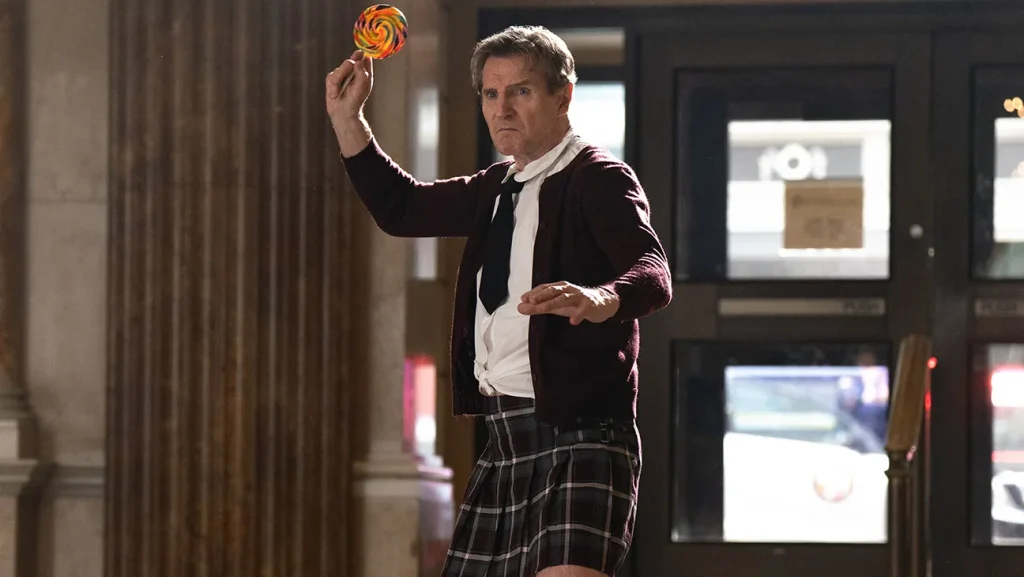
With time-honored classic comedic elements, mixed in with modern jabs and some fresh takes, this is a franchise worth rebooting.
All hail for the ZAZ team of comic geniuses David Zucker and his brother Jerry Zucker, and the late Jim Abrahams, who died last year. (God rest ye, merry gentleman). In their cultural phenomenon “Airplane!”, the trio laid the foundation for this daffy treasure trove of sight gags, clever non sequiturs, funny sendups and an off-color joke or two.
Their trilogy included 1988’s “The Naked Gun: From the Files of Police Squad!”, 1991’s “The Naked Gun 2 1/2: The Smell of Fear,” and 1994’s “Naked Gun 33 1/3: The Final Insult.”
Employing Leslie Nielsen as the oblivious detective Frank Drebin back then was a master stroke. A big surprise in the smash hit “Airplane!” as a doctor who comes to passengers’ aid after they’re struck with food poisoning, Nielsen was enlisted for ZAZ’s ahead-of-its-time TV police procedural satire “Police Squad!” It was cancelled after six episodes on ABC in 1982.
Before ZAZ unlocked a comic gem, Nielsen was a serious dramatic actor and made over 100 films during his 60-year career, including “Forbidden Planet” and “The Poseidon Adventure.” That all changed in 1980, and he had a terrific second act with schtick, laughing all the way to the bank.
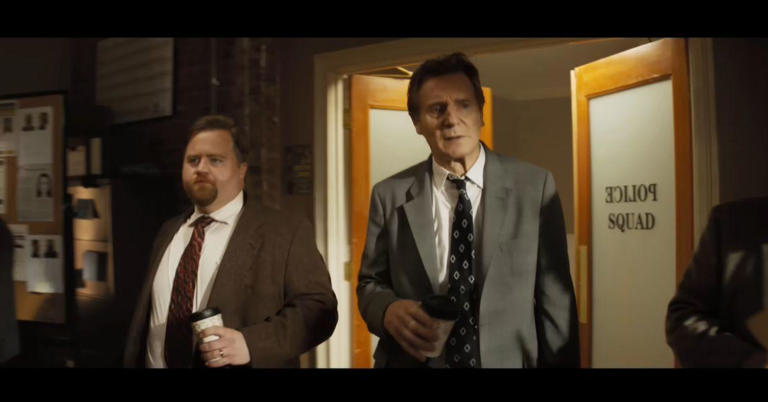
Schaffer’s keen comedic skills, honed as one third of The Lonely Island team of Andy Samberg and Jorma Taccone, helped strike comic gold before. Namely, many “Saturday Night Live” specials, and he helmed the funniest film of 2022 “Chip ‘n Dale: Rescue Rangers,” and one of the most hilarious of 2016 “Pop Star: Never Stop Never Stopping.”
Along with Gregor and Mand, who collaborated with Schaffer on ‘Chip ‘n Dale,” and were staff writers on “How I Met Your Mother,” they embrace the zaniness that went before and put their wits to cracking as many jokes as possible, even if they are tasteless or misfire. The pop culture references come fast and furious.
That’s brave, irresistible, and welcome. The timing is right to allow your brain to have a vacation and just laugh out loud. Did they say that? Yes, yes, they went there, and it’s refreshing.
“The Naked Gun” is a 2025 comedy directed by Akiva Schaffer and starring Liam Neeson, Pamela Anderson, Paul Walter Hauser, CCH Pounder and Danny Huston. It’s runtime is 1 hour, 25 minutes, and it’s rated PG-13 for crude/sexual material, violence/bloody images and brief partial nudity. It opened in theatres on Aug. 1. Lynn’s Grade: B+
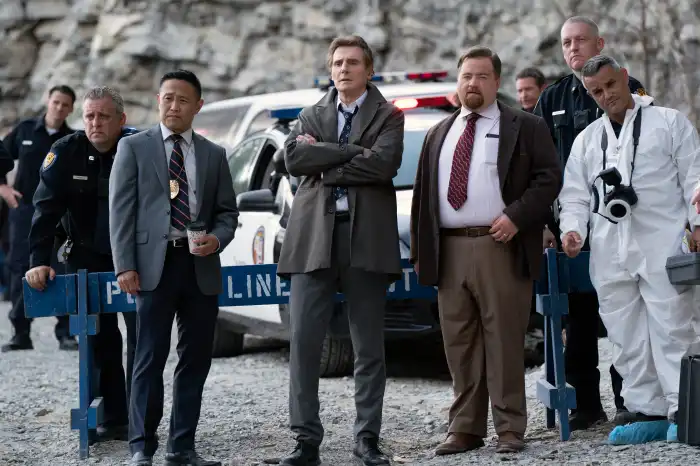

Lynn (Zipfel) Venhaus has had a continuous byline in St. Louis metro region publications since 1978. She writes features and news for Belleville News-Democrat and contributes to St. Louis magazine and other publications.
She is a Rotten Tomatoes-approved film critic, currently reviews films for Webster-Kirkwood Times and KTRS Radio, covers entertainment for PopLifeSTL.com and co-hosts podcast PopLifeSTL.com…Presents.
She is a member of Critics Choice Association, where she serves on the women’s and marketing committees; Alliance of Women Film Journalists; and on the board of the St. Louis Film Critics Association. She is a founding and board member of the St. Louis Theater Circle.
She is retired from teaching journalism/media as an adjunct college instructor.

